Arts and Entertainment Technologies Courses: ALL COURSES
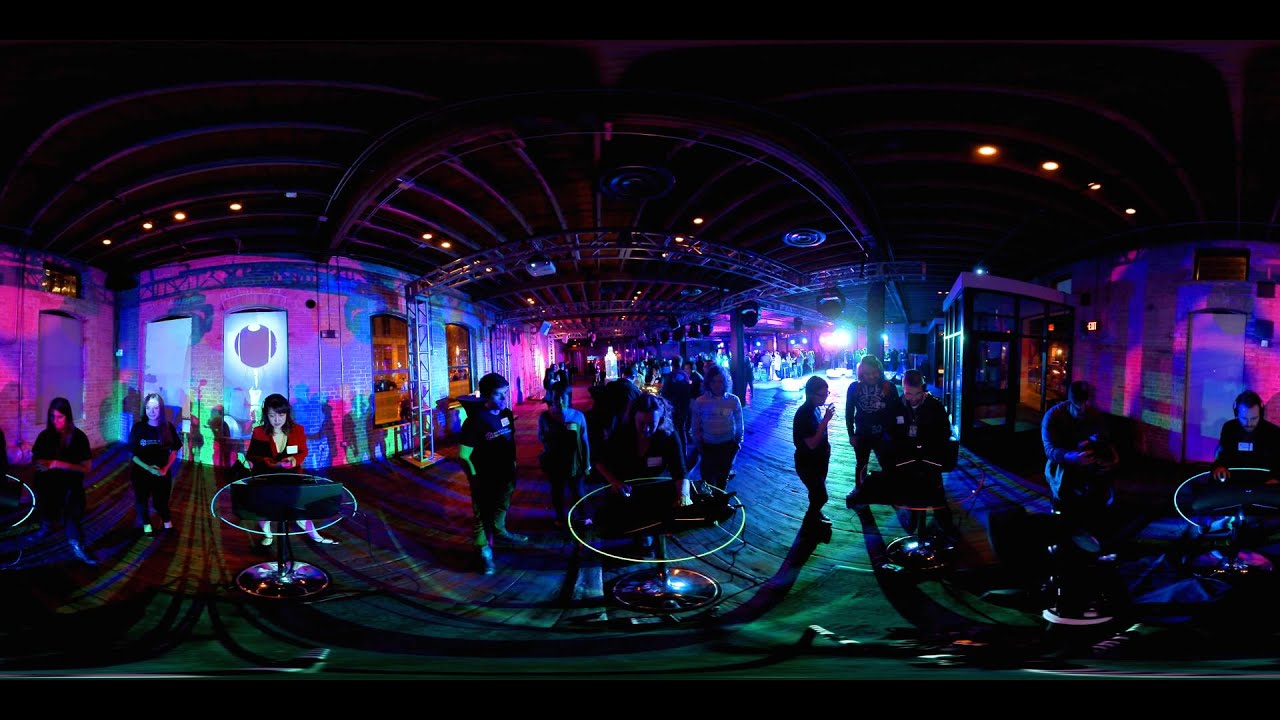
FNDTNS OF ART/ENTERTAIN TECH
Cohen, D; Lanina, Y; Smith, M; Ozley, C
Team collaboration, vision, and creation will be the focus of this project based course as we examine the intersection of arts and technology. Through a creative lens we will explore way to conceive, develop, and execute new experiences and creations through the integration of interactive systems, music and sound, visualization, projection, digital games, lighting, spatial design, physical computing, immersion, narrative design and much more. As we go through this journey we will also consider the cultural, philosophical, ethical and practical aspects of entertainment technology.
Required Course

FOUNDATIONS OF MUSIC TECH
TBD
Students enrolled this class will focus on learning the basic concepts behind digital audio and recording. The course will cover foundational material for dealing with recording, editing, sequencing, and mixing inside a Digital Audio Workstation. The primary objective of this course is to provide a functional understanding of digital audio systems and recording techniques that can be utilized in various fields including, but not limited to: audio production, film scoring, game music, and sound design.
Required Course

FNDTNS DIG IMAGING/VISUALIZTN
Daugherty, N
By utilizing contemporary computer graphic software, digital capture and imaging devices, and a digital vocabulary of the artistic use of technology within our culture, this course’s objective is to enable the student to make educated technological and conceptual decisions on how to explore and utilize the computer and digital technology within their own creative and technical career all focused by conceptual aesthetic development.
Required Course
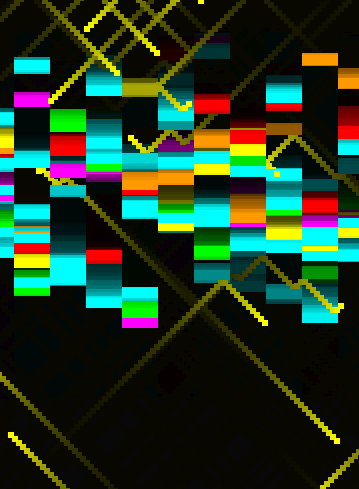
FNDTNS OF CREATIVE CODING
Coleman, T
A guide for expressing original ideas directly in computer code using the graphics language Processing. Examines the making of computer tools for implementing artistic visions. Explores the computer’s role as an artist’s medium in the context of major ideas in contemporary art.
Lower-Division

FOUNDATIONS OF DESIGN
Starbuck, H
An introduction to design processes, formal design principles, visual storytelling, and concept ideation.
Lower-Division
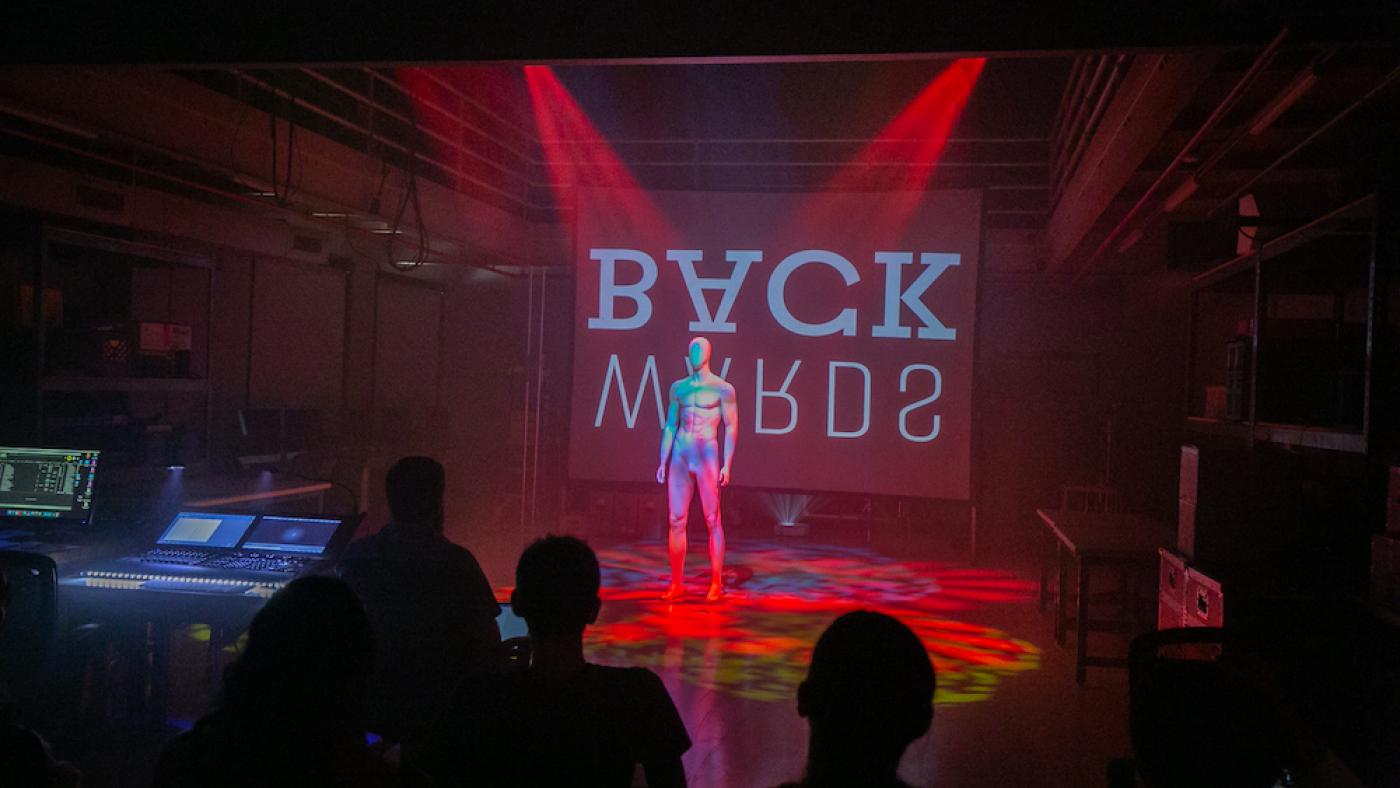
FNDTNS OF PROJ/LIGHT/INTRACTV
Smith, M
This course is a lecture / lab course designed to introduce students to the basic concepts, methods, and systems utilized in the field of Live Entertainment. The primary focus is to explore core technologies and illuminate how each area of work within projection, lighting and interactivity relates and isconnected to others. Through a mixture of lectures and lab classes the students will be introduced to the tools and techniques prevalent in four specific applications of Live Entertainment: projection, conventional & intelligent lighting, 3-D previsualization, and interactive & generative imagery.
Required Course

FNDTNS OF VID GAME DEVELOP
Cohen, D
An introduction to the process of creating games from concept through launch, includingaesthetics, design, production, and publishing.
Lower-Division
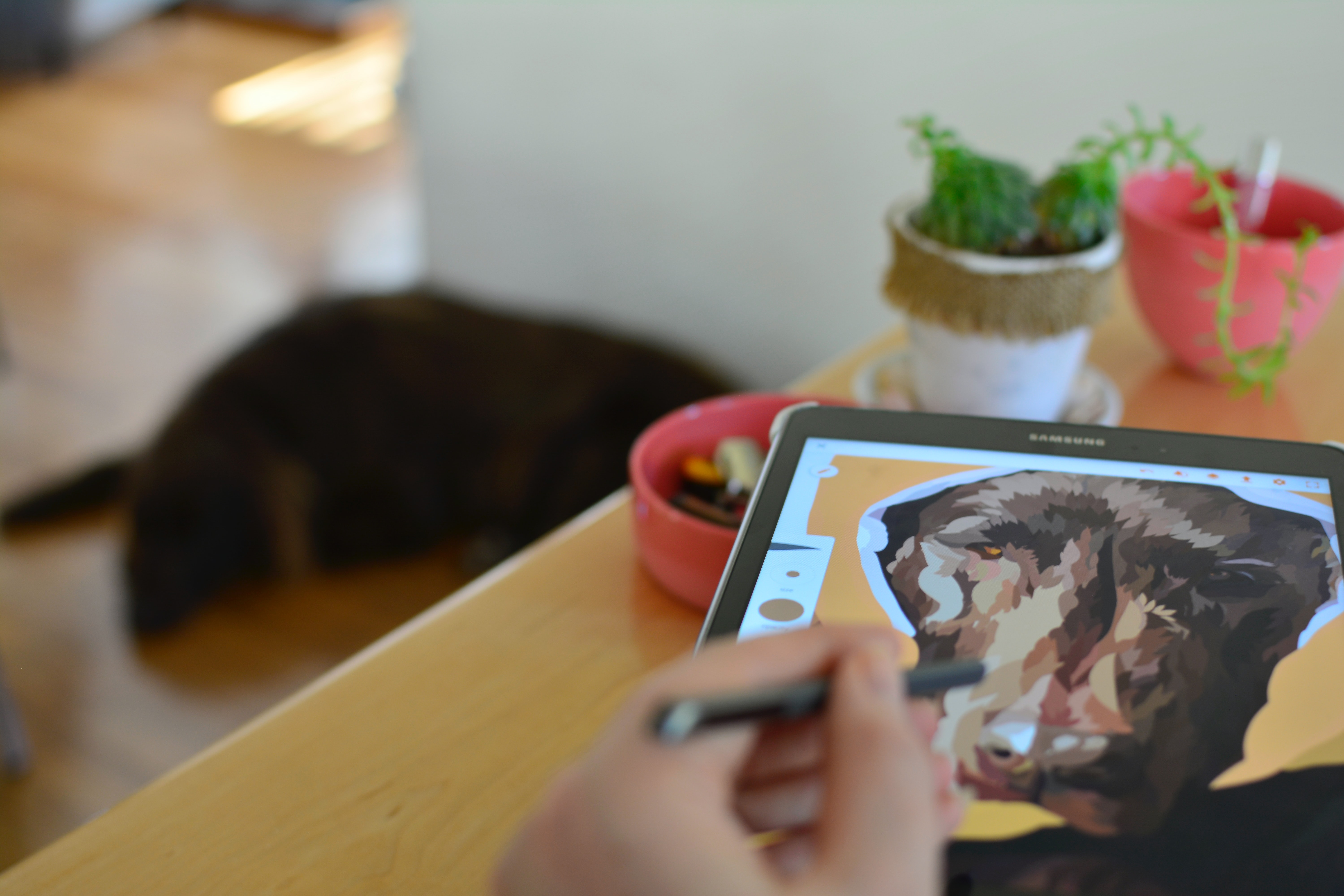
INTRO TO DIGITAL DRAWING
TBD
This course explores various methods of digitaldrawing, painting, and collage in photoshop, takingcreative ideas into a variety of completed digital artworks for use in a creative portfolio. This course will integrate digital art and design practices with creative problem solving. Explores distribution of art content on social media through an exploration, research, and building of personal artistic style and aesthetic.
Lower-Division
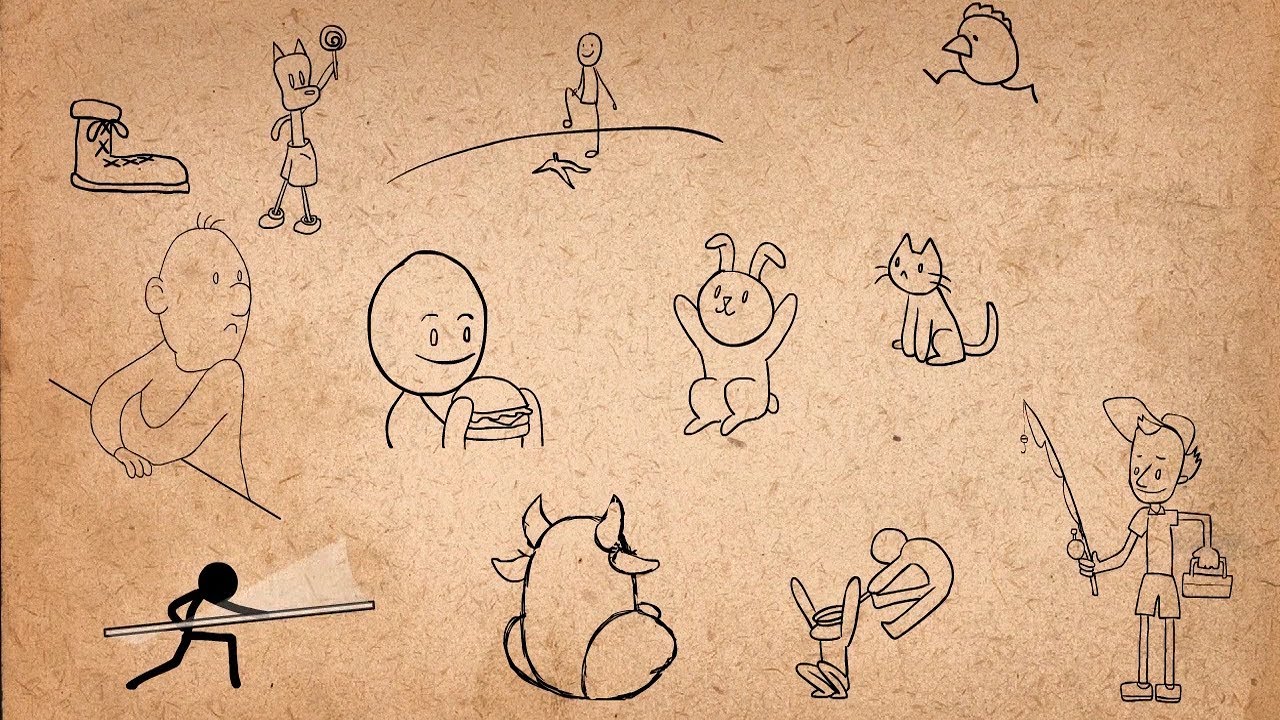
PRINCIPLES OF ANIMATION
Dimick, L
Animation can bring characters, objects, and graphics to life. It’s the backbone of the computer graphicsindustry and plays an important role in film, visual effects, games, and motion graphics. This course is anintroduction to the principles of animation for 2D and 3D systems. Students will use various techniquesto convey a sense of weight, emotion, and story for simple and complex objects in both 2D and 3D.
Upper-Division
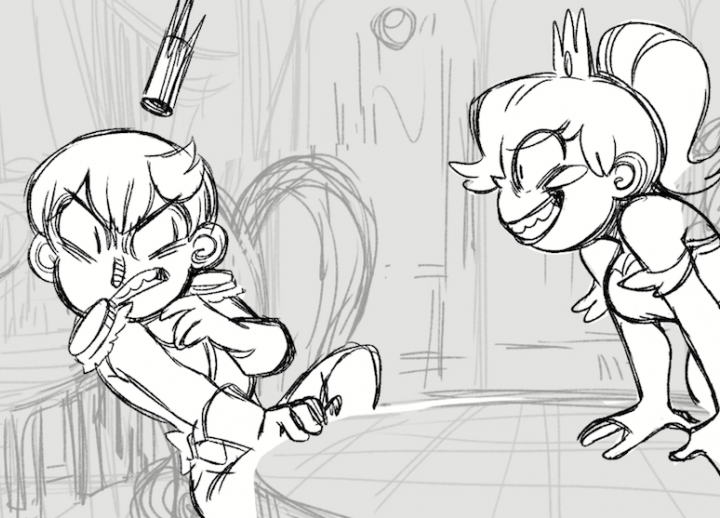
INTRO TO 2-D ANIMATION
Daugherty, N
Intro to 2D animation is designed to provide basic animation foundations and targeted instruction for artists wanting to expand their research into advanced or specific types of 2D Digital Art techniques and process. This course is designed as an introductory to intermediate course offering. Utilizing the student’s exist-ing digital and traditional skillsets, the course will examine the techni-cal and conceptual aspects of 2D digital art, animation with 2D pen and pencil drawings, video/film documentation and presentation.
Upper-Division
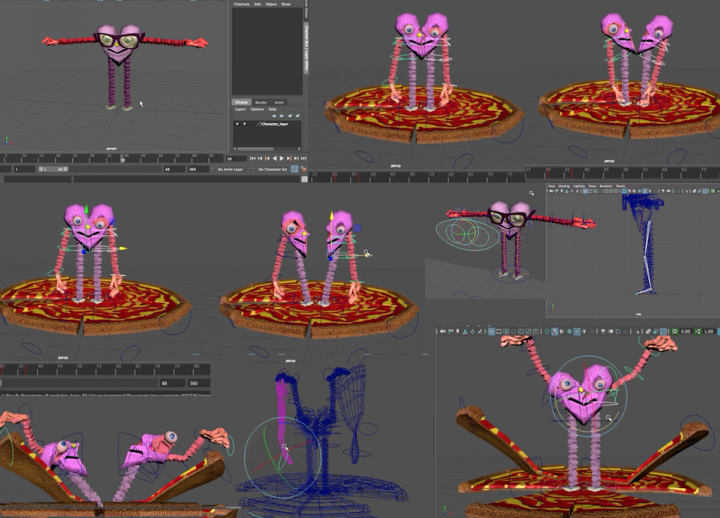
DIGITAL PRODUCTION ART 3-D
Norman, D
This course simulates the production pipeline of a 3-D digital art studio; Manifesting creative ideas into tangible reality via 3D modeling, texturing, rigging, animation, lighting, rendering,environment design, and 3D Printing.Course leads student through design and production pipeline for creating unique digital 3D content.
Upper-Division
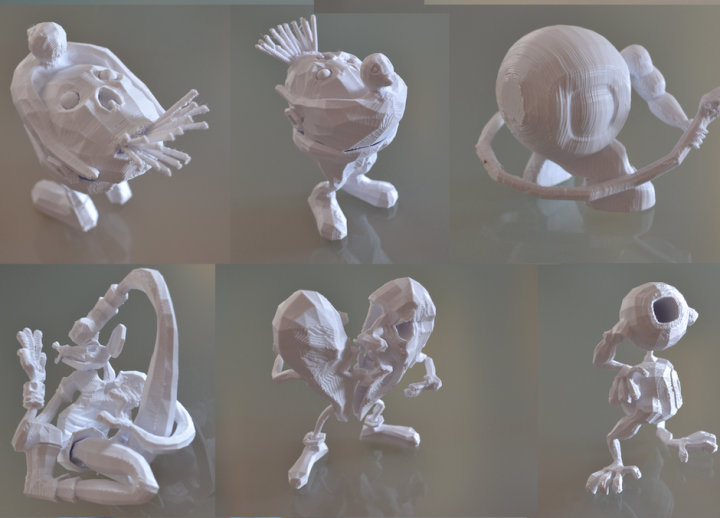
ADVANCED 3-D MODELING
Norman, D
Continued exploration of methods and procedures used in the professional production of 3-D modeling, animation, and visual effects, including advanced modeling techniques, advanced surfacing techniques, specularity, sequenced mapping, and 3-D digital printing.
Upper-Division
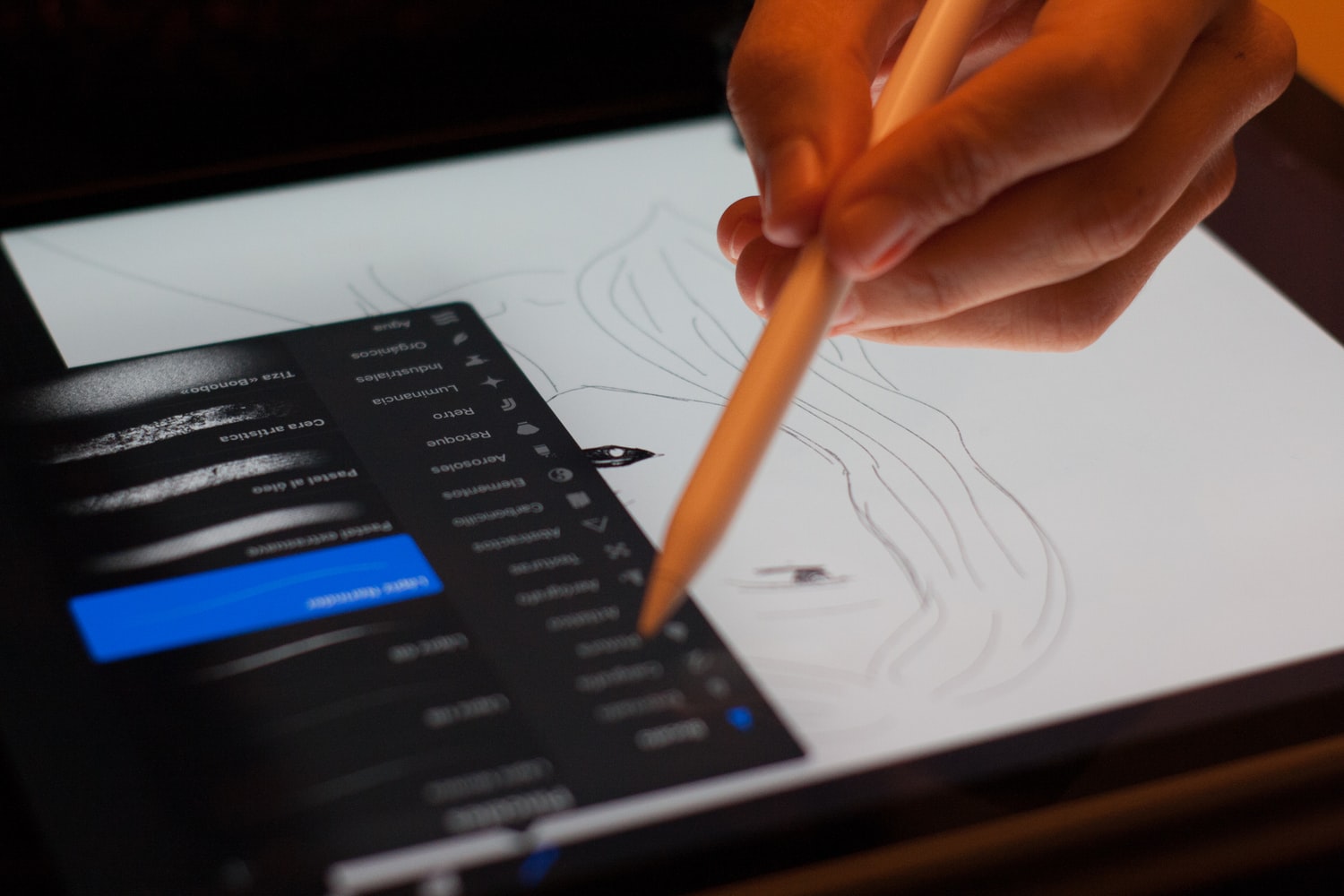
DIGITAL PAINTING
Norman, D
Digital Painting is an in-depth study of painting styles and mark making,applied to digital canvas, using Adobe Photoshop.Digital Painting exploresboth practical and expressive approaches, researched and applied in creative process for making painterly digital art. Class assignments center on iterative approaches to style, art fundamentals, content and surface. We will combine painting and social media via the creation of an art blog to document progress and share projects.
Upper-Division
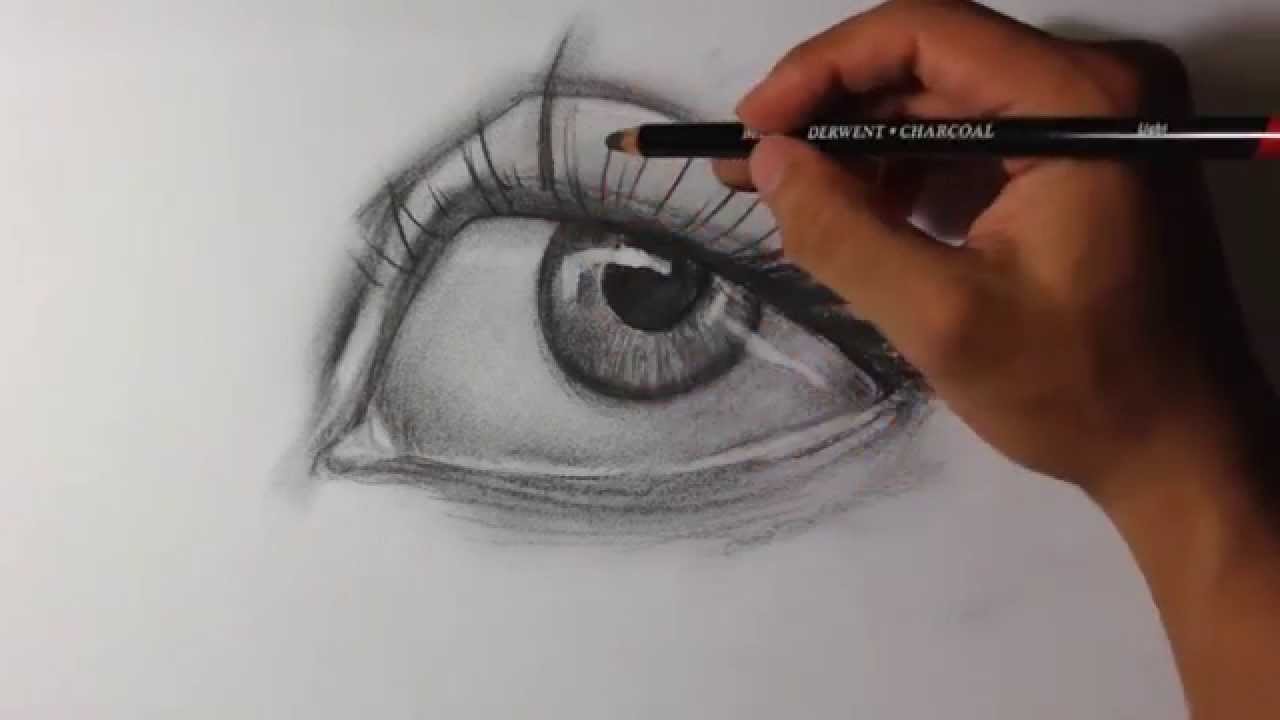
INTRO TO DRAWING
Lanina, Y
The course is designed for students who wish to develop drawing skills and to experiment with combining analog and digital techniques. You will learn a variety of drawing techniques, including the basics of still-life drawing and life drawing, and explore the processes of combining traditional and digital media to create a unique and personal artwork.It is recommended that you have a basic knowledge of Adobe Photoshop before taking this course.
Upper-Division
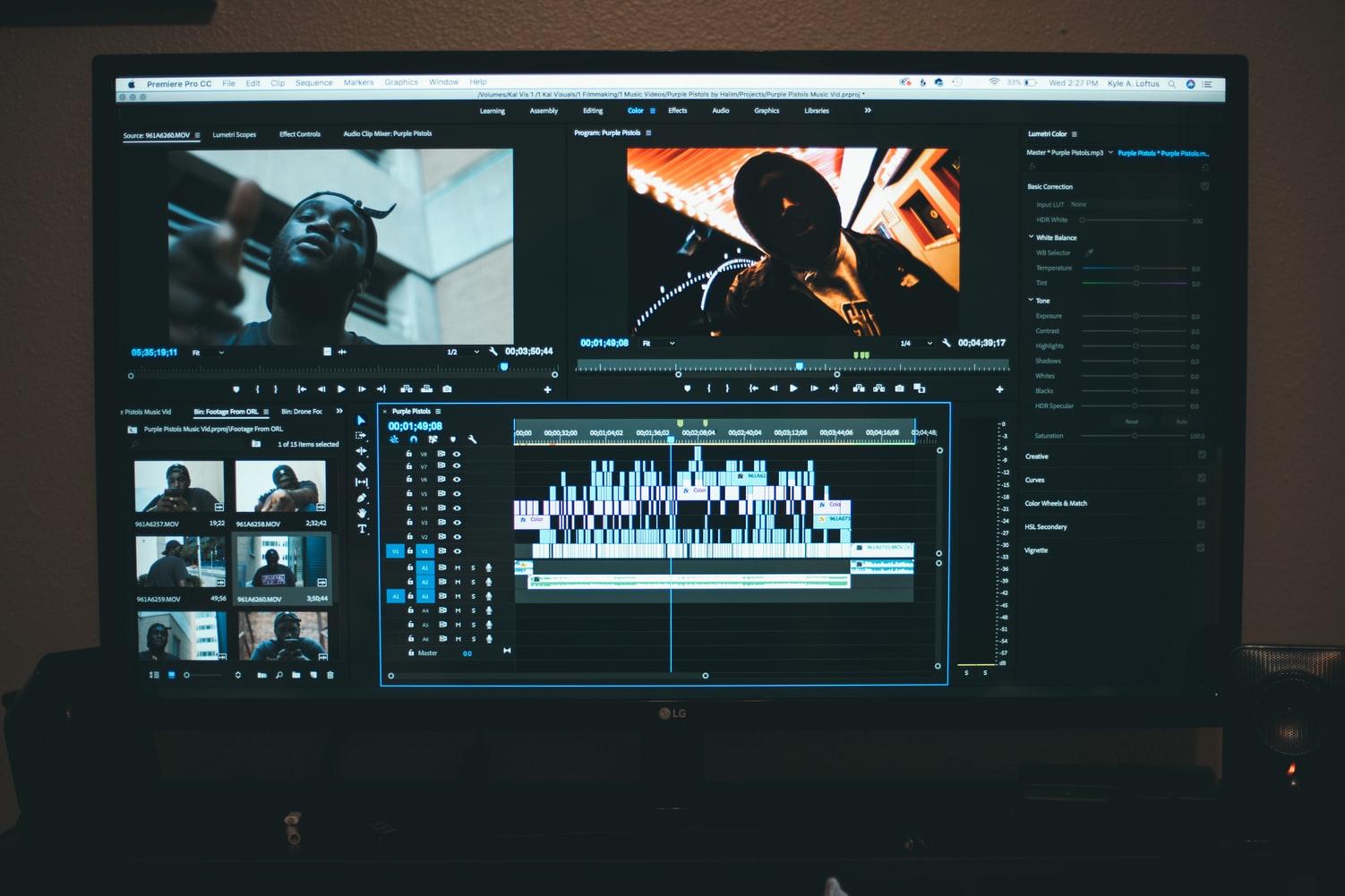
AUDIO PROCESSING
Ozley, C
This course is designed to providestudents with theconcepts, tools, and evaluation skills to manipulate audio using a variety of methods. Students will learn toimplementsound-shaping tools, convolution reverb, noise reduction, and pitch and time editing to make precise corrections to audio.
Upper-Division

INTERACTIVE MUSIC
Ozley, C
Explores the techniques of modern electronic music (EDM) improvisation through the use of the Ableton Push 2 Controller as a live, performable instrument. The aim of the course if to explore the improvisational and interactive asspects of modern electronic music while studying work of visionaries of the EDM world.
Upper-Division
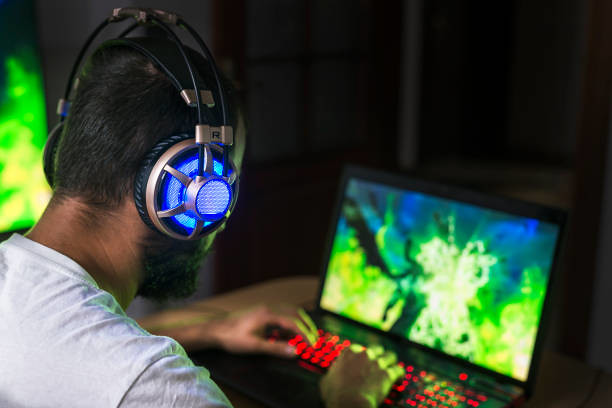
VIDEO GAME AUDIO I
Lipman, S
This class will explore sound design, foley and interactive layers of today’s video game soundtracks. Students will first learn to create engaging audio environments, cutting-edge musical tracks, and arresting sound effects that today’s game studios demand. They will then learn to fully integrate their audio builds using FMOD, the industry standard in today’s game studios.
Upper-Division

INTERMEDIATE COMPUTER MUSIC
Trapani, C
This course introduces a variety of advanced applications using the visual programming environment Max (formerly known as Max/MSP, developed by Cycling ’74). Students will refine a series modular patches that can be used to drive MIDI instruments or for live sound processing. By the end of the course, students will be able to create performances, installations, or improvisations using the computer, either in the planning stages or with live processing.
Upper-Division

AUDIO PRODUCTION LAB
Perez, C
This course is intended only for students that have academic production assignments in audio (Sound DesignersandProduction Sound Engineers) for Theatre, Dance and AET shows. Class meetings will consist of production-specific presentations and discussions, as well as participation in load-ins and strikes. Additional hours will consist of extra load-in/strike time, quiet time, rehearsals and production meetings.
Upper-Division
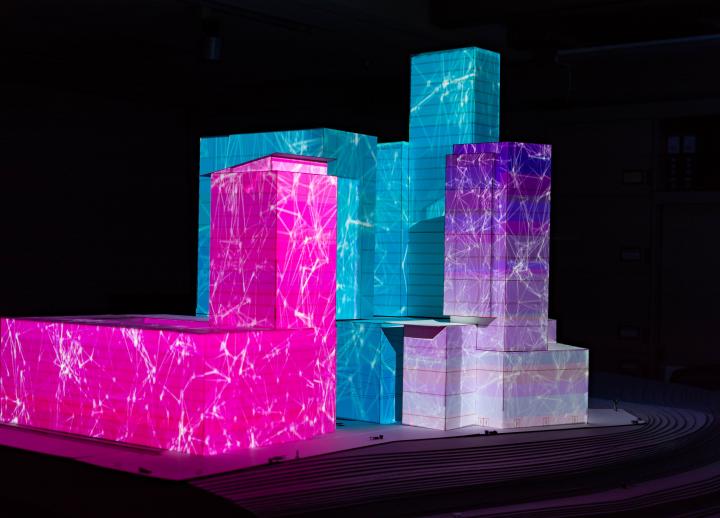
ADVANCED PRODUCTION LABORATORY
Mazique, E
This course builds student confidence in working in and around a theater as a member of a team to collaborate, problem solve, and complete tasks to meet deadlines. The class will work together to build, test, install, troubleshoot, and strike integrated media systems for departmental productions in Theatre and Dance and Arts and Entertainment Technologies. Students will learn how to identify different system components including: data cables, projectors, and video servers and how they are used.
Upper-Division
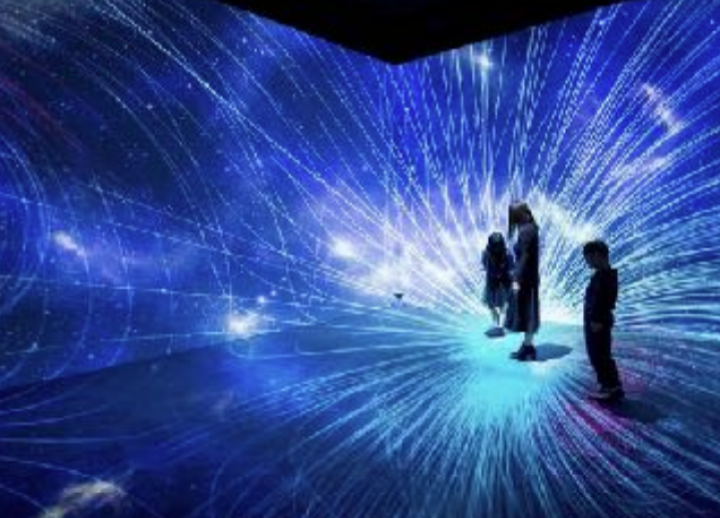
DIGITAL FABRICATION
Johnson, J
Digital Fabrication will focus on specific skills and habits of mind associated with the craft of making physical objects by way of computer aided design (CAD) and computer numeric controlled (CNC) machines. Though digital fabrication is a very broad field we will cover only: fused filament fabrication (FFF) 3D printing, laser cutting, CNC routing, and vinyl cutting. We will use these tools in a rapid and iterative process to create, evaluate, and improve upon functional objects.
Upper-Division
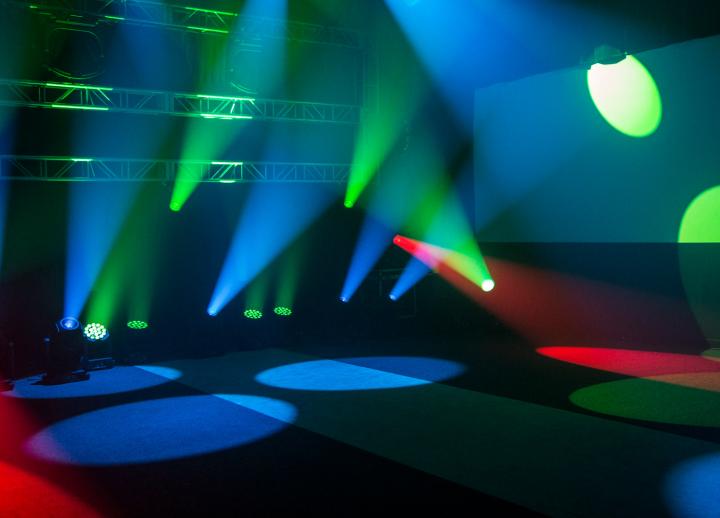
CONCERT AND EVENT LIGHTING
Smith, M
Taught by Matthew Smith, this lecture/lab course is designed to teach students advanced lighting programming techniques utilized for concert and event design. Students worked with professionals at High End Systems lighting company and created lighting design in their professional studio, as well as in the PLAI program's generous lab space.
Upper-Division
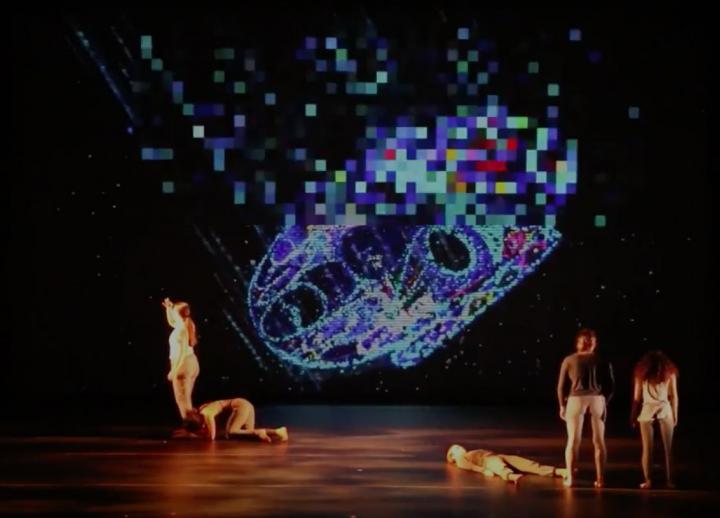
MEDIA DESIGN/TECHNOLOGY
Ortel, S
This class is part of the ongoing Integrated Media curriculum. Its goal is to deepen the knowledge in the areas of projection design processes, media creation, projection system technologies and visual storytelling. The class will require at least ten hours a week or more spent on class-related work. We will also continue our ongoing discussions and investigation into the integration of media into live performance andseek to refine our definition of “live design experience”further.
Upper-Division
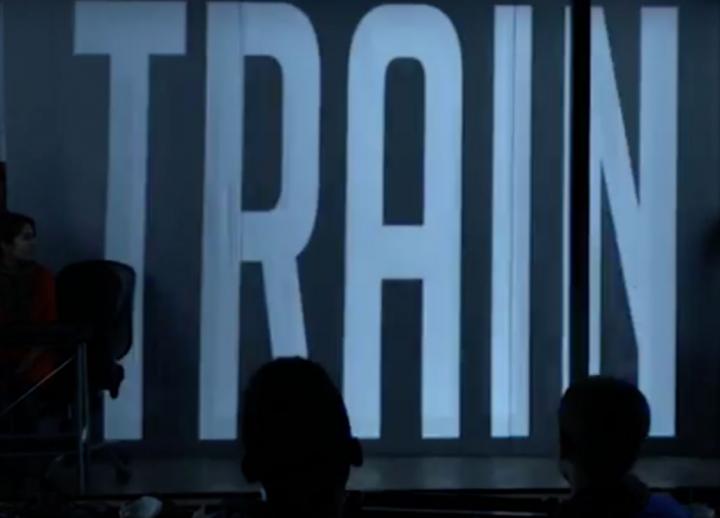
PHYSICAL COMPUTING
McKellar, M
This class will take students through the design, development and implementation of micro-controller based sensor systems. Using Arduino (Arduino.cc) as a foundation students will learn the fundamentals of human computer interaction methods ranging from correct circuitry design and voltage/current calculations through to engaging and automatic computer driven mechanics (motors, buttons, lasers, etc).
Upper-Division
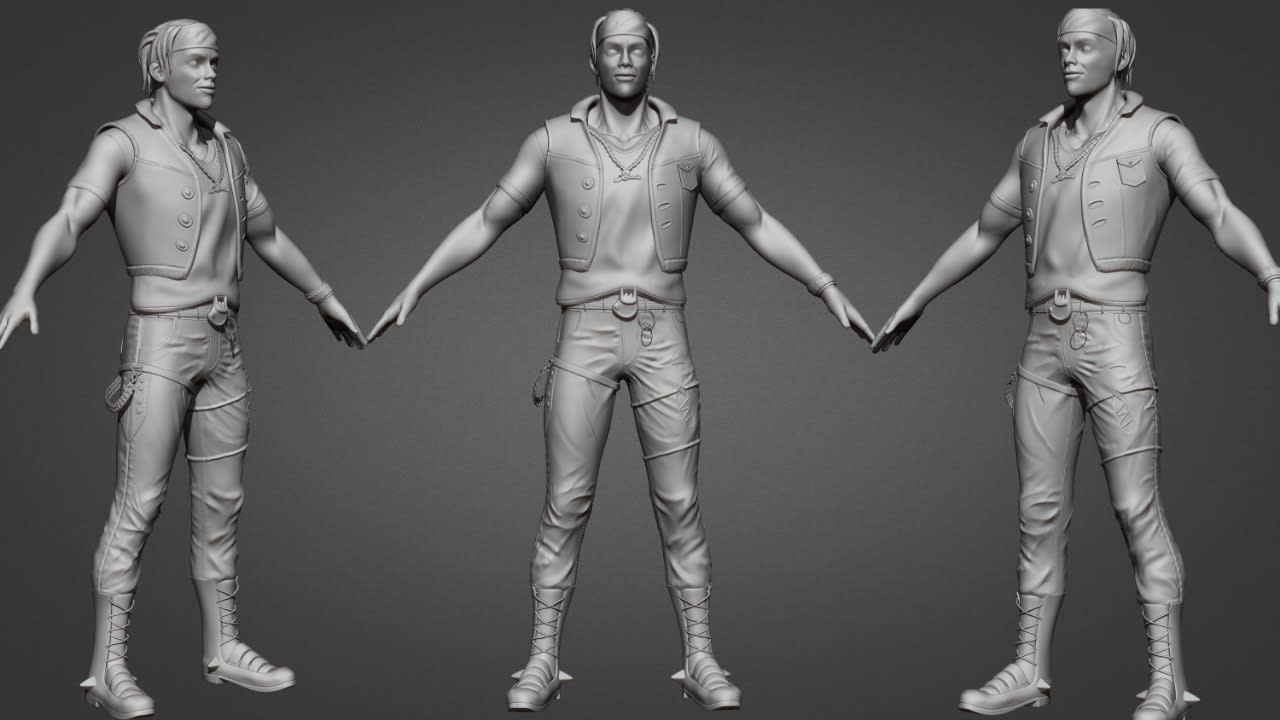
3D MODELING AND TEXTURING
Oster, I
An introduction to surfacing 3D game models using state of the art workflows and tools. This course will focus on training students to create realistic materials for existing 3D assets using Substance Painter.
Upper-Division
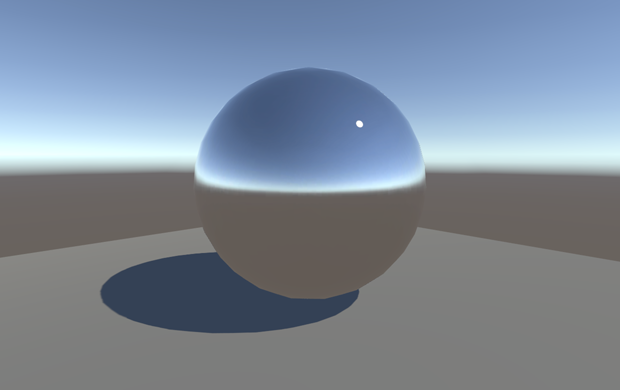
326D 3D MATERIALS AND LIGHTING
Oster, I
An introduction to surfacing 3D game models using state of the art workflows and tools. This course will focus on training students to create realistic materials for existing 3D assets using Substance Painter.
Upper-Division

VIDEO GAME PRODUCTION
Cohen, D
In-depth look at how to estimate, structure, staff, budget, organize, and execute a plan that can be used to manage both high level and day-to-day development of a game. Identifies the tools and techniques used to break down a game into measurablecomponents that can be scheduled, staffed, budgeted and scoped. Analyzes development methodologies to determine the best approach for the project type. Teaches the assembly and execution of flexible plans for multiple types of gameproductions, from full console and mobile games, to live operations of games as aservice.
Upper-Division
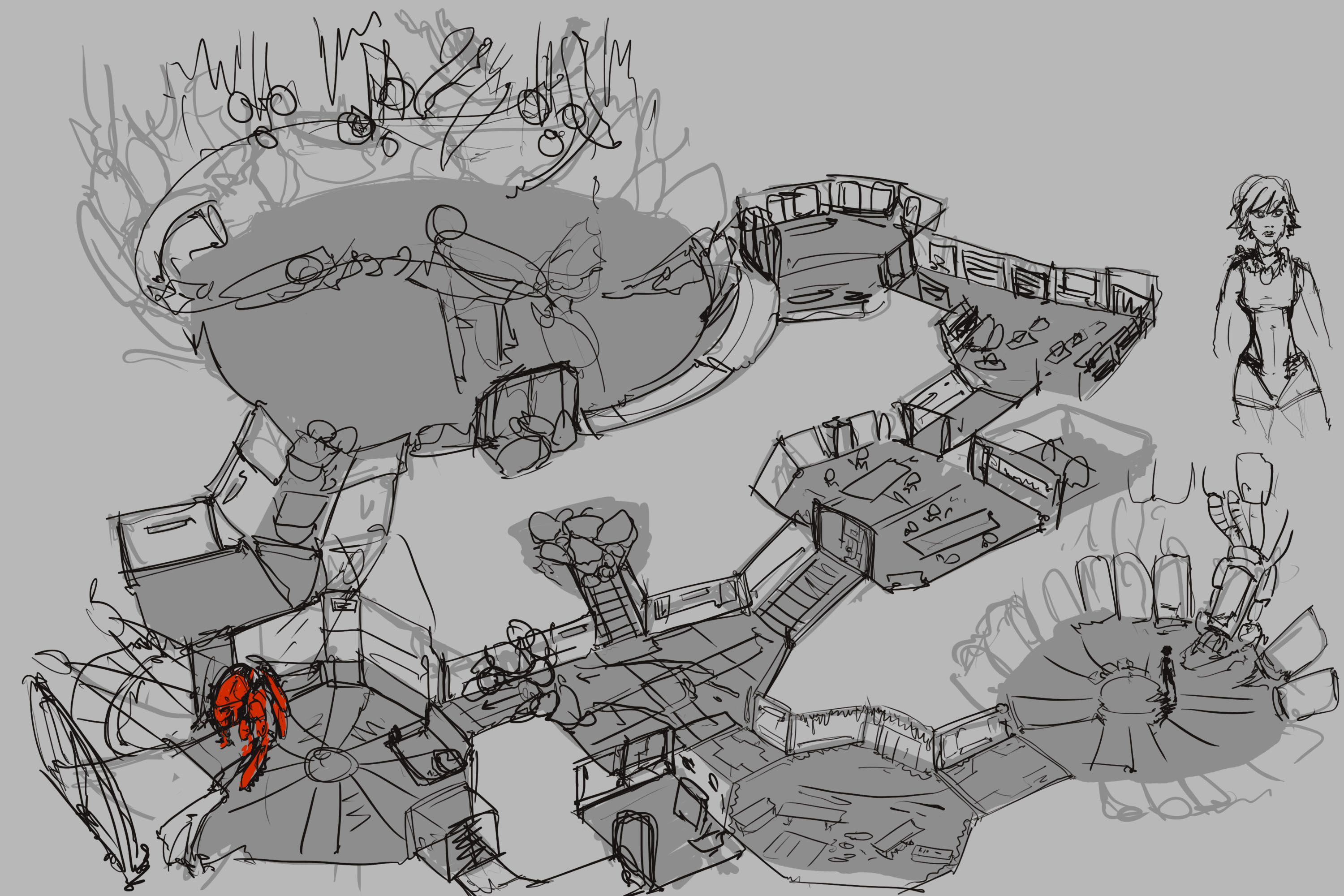
LEVEL DESIGN
Johns, M
An introduction to building interactive and visually appealing 3D levels in a game engine. This willinclude ideation and concept design, whiteboxing, integrating art and sound assets, scriptinginteractions, and adding animations and particle effects, as well as playtesting and iteratingbased on user feedback.
Upper-Division
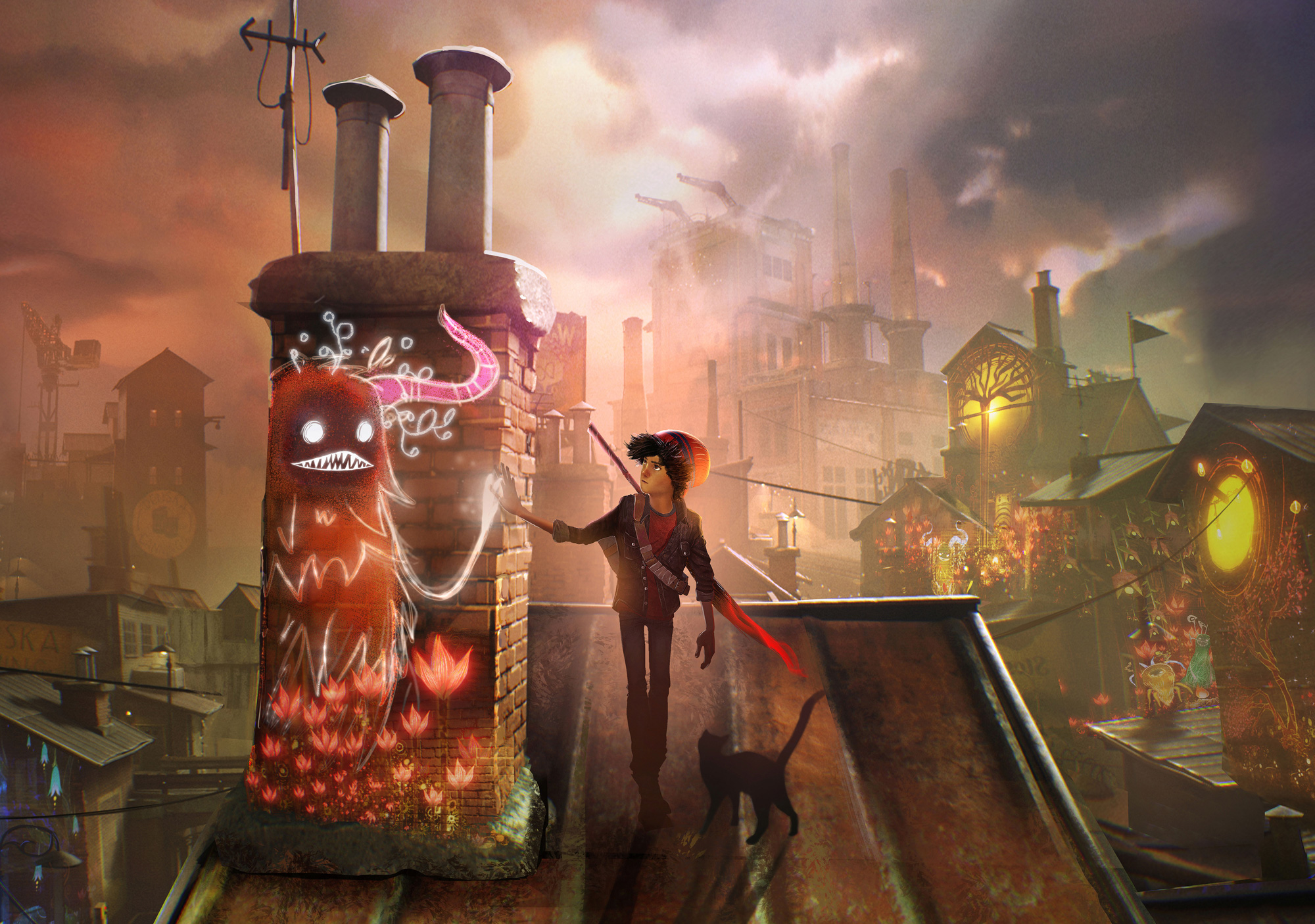
VIDEO GAME ART PIPELINE
Byrne, B
The art pipeline for game development is a crucial aspect of production. Moving art assets from the authoring environment to the game engine environment requires a broad understanding of media file formats and the limitations of real-time content. This course is an introduction to creating and working with game ready assets in 2D and 3D. Students will create various projects and learn how to work with modern game engine features such as Graphics, Physics, Scripting, Audio, Animation, Timelines, UI, Navigation, Visual Effects, and Content Management.
Upper-Division
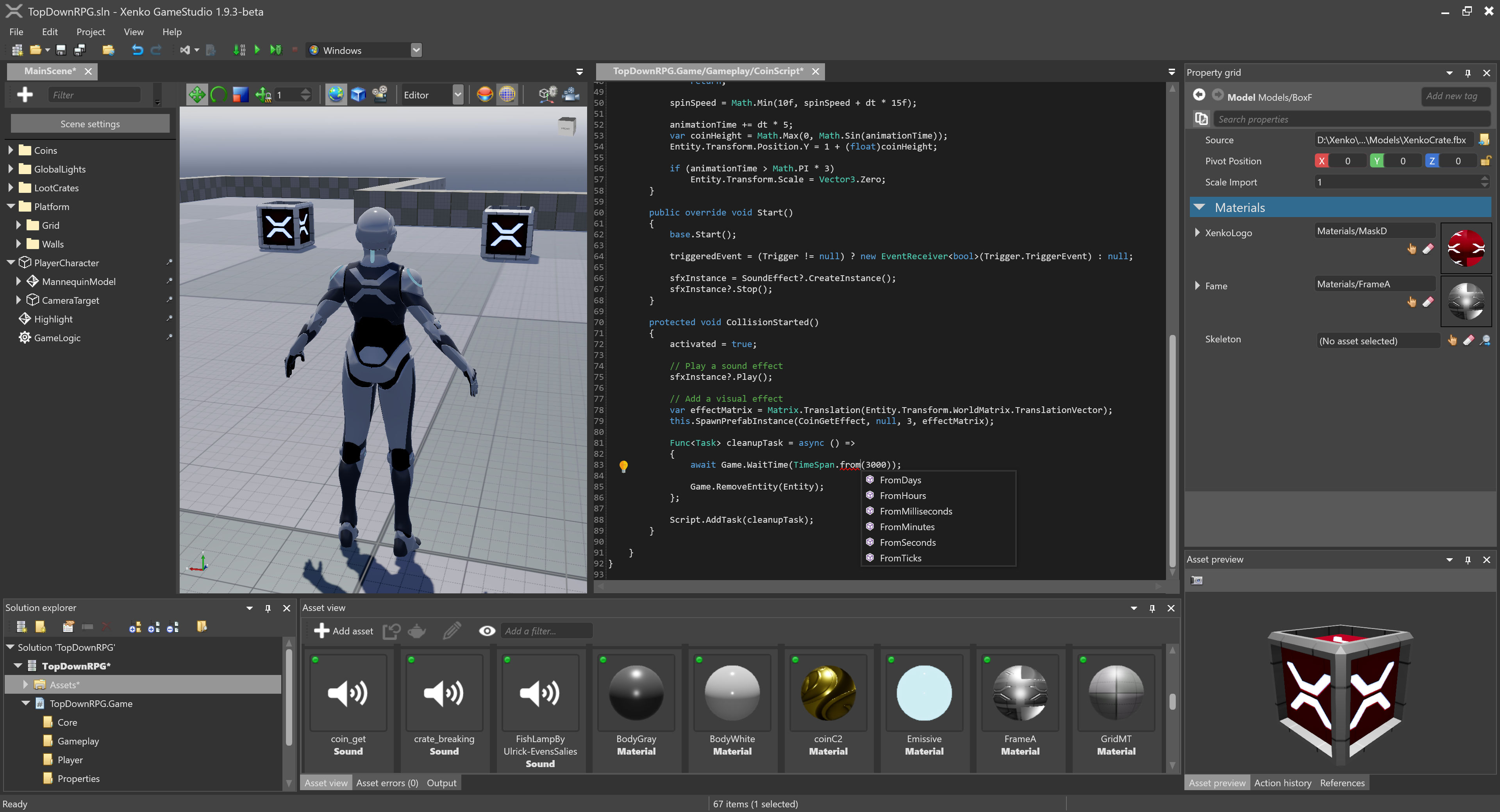
VIDEO GAME SCRIPTING I
Coleman, T
An introduction to game scripting using Unity and C#. This course will cover a variety ofscripting techniques for game systems including combat, multiplayer, saving and loading,menus, and managers. Students will also be introduced to coding best practices such ascommenting, encapsulation, and object-oriented programming.
Upper-Division
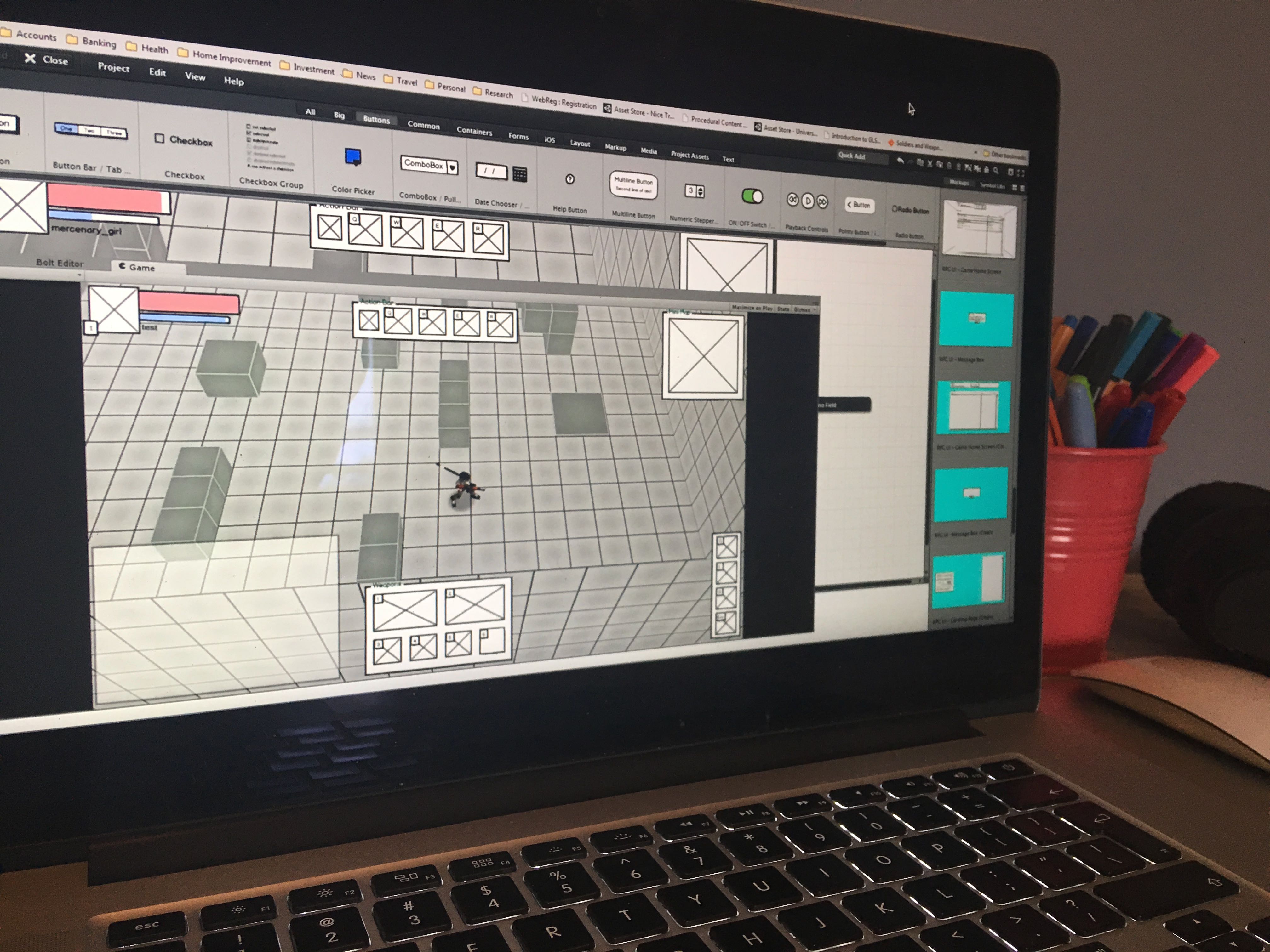
VIDEO GAME PROTOTYPING
Johns, M
An introduction to rapid prototyping techniques for game development. This course will consist ofrapid creation and iteration of ideas and content related to game mechanics. Projects will typically be 1-3 weeks and emphasize the need for practical and functional art, audio, and code toconvey the concept or topic.
Upper-Division
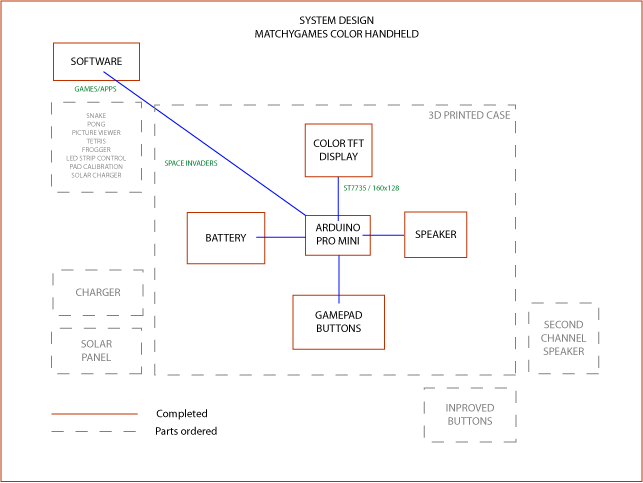
VIDEO GAME SYSTEMS DESIGN
Coleman, T
An introduction to game systems in a myriad of structures used commonly today. Create and apply play systems which establish the framework for user experience (UX) andcontent design.
Upper-Division

VIRTUAL REALITY VIDEO GAMES
Johns, M
An introduction to building interactive and engaging Virtual Reality experiences for games. This will include ideation and concept design, building virtual environments, scripting interactions for head-tracking and hand-tracking, adding animations and particle effects, as well as playtesting and iterating based on user feedback. Devices: HTC Vive, Oculus Rift, Google Daydream.
Upper-Division

VIDEO GAME HISTORY/CULTURE
Cohen, D
Introduction to critical and historical approaches to video games and gamedesign, including video game histories and archives, critical media theory in game developmentand contemporary social issues in gaming.
Upper-Division
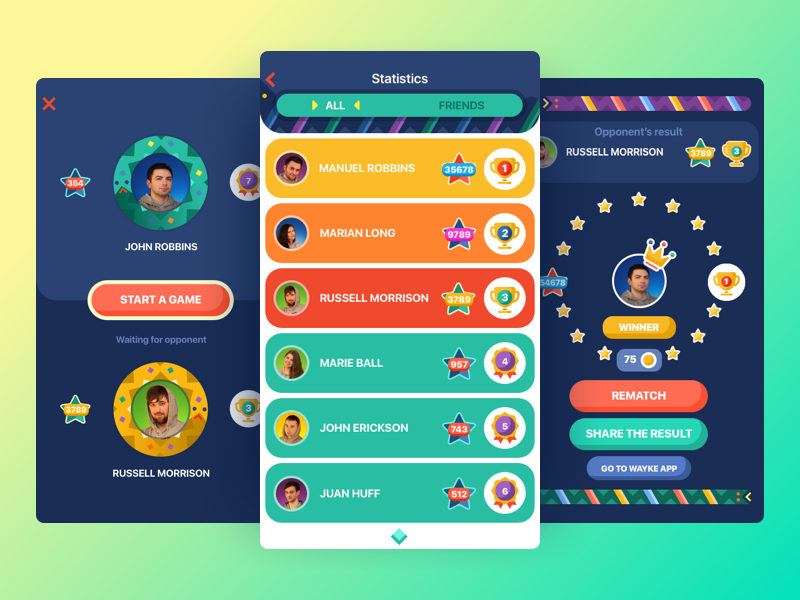
UI/UX FOR VIDEO GAMES
Johns, M
This course will focus on UI/UX techniques in game development including flow diagrams, wireframes, user-centered design, usability testing, UI art asset creation, and UI scripting. During this course, students will design and develop a complete User Interface for a game with particular focus on how the user interacts and engages with it. This course will also cover topics on physical interfaces and accessibility.
Upper-Division

SENIOR DESIGN PROJECTS I (Fall Semester)
Lanina, Y; Ozley, C
Students will work on a project in teams of 3-4 people, bringing the skills they have acquired in previous years. Each team proposes their project in writing. Once the project is approved, the team is responsible for the concept, technical drawings/prototypes, design, testing, implementation and presentation of their project. In addition, each team will create an online version of their project showcasing their research, development, documentation and outcomes of their project. **This course carries an Independent Inquiry flag.
Upper-Division

SENIOR DESIGN PROJECTS II (Spring Semester)
Lanina, Y; Ozley, C
Students will work on a project in teams of 3-4 people, bringing the skills they have acquired in previous years. Each team proposes their project in writing. Once the project is approved, the team is responsible for the concept, technical drawings/prototypes, design, testing, implementation and presentation of their project. In addition, each team will create an online version of their project showcasing their research, development, documentation and outcomes of their project. **This course carries an Independent Inquiry flag.
Upper-Division

INDEPENDENT STUDY
N/A
Independent study or research in AET. Similar to a Senior Design Project, but students must partner with a professor. **This course carries an Independent Inquiry flag.
Upper-Division
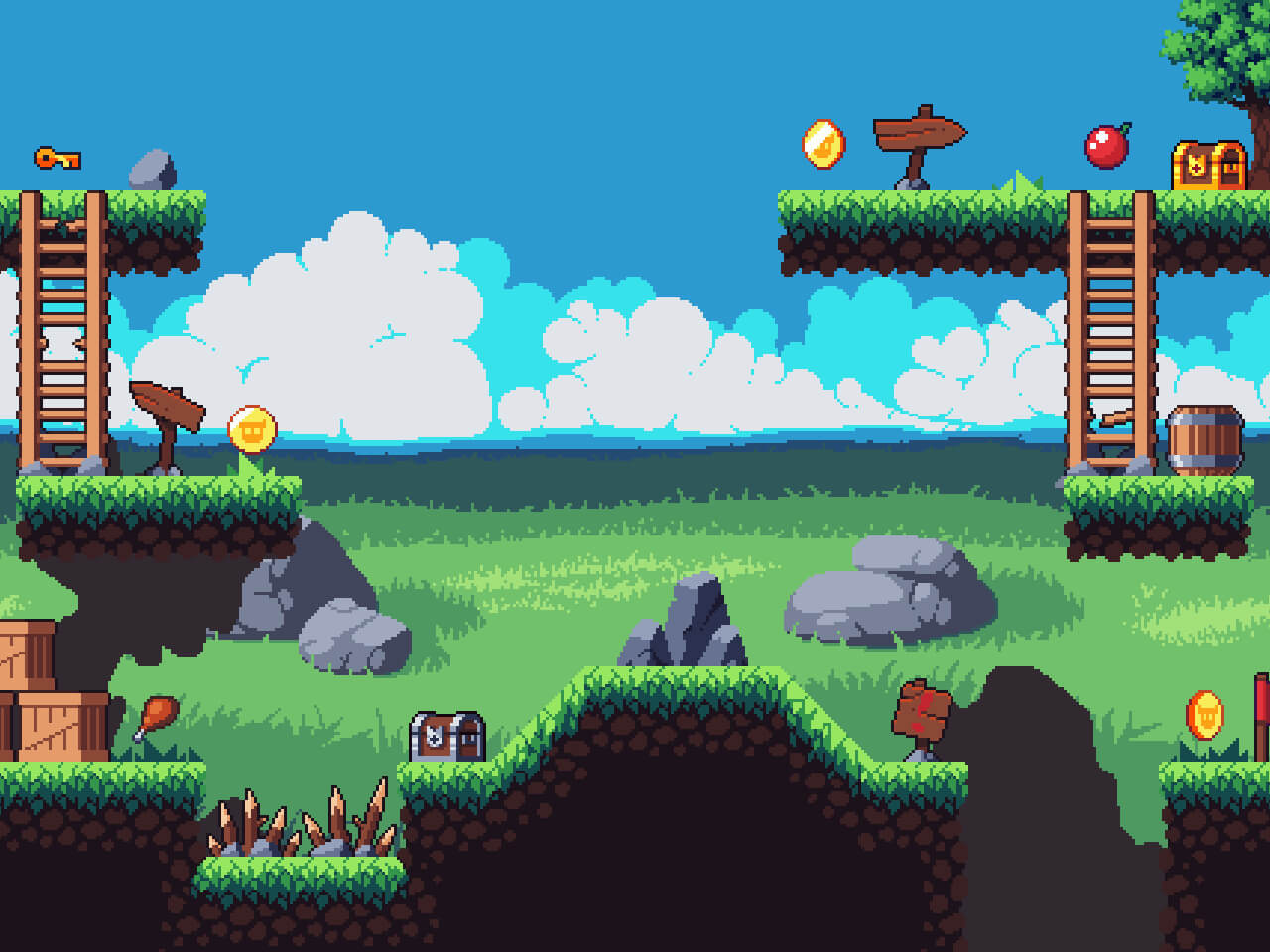
GAME CAPSTONE: 2-D (Fall Semester)
Toprac, P
Most mobile, social and casual games are 2-D games. Why not learn how to make them for the rapidly growing mobile, social and casual game markets? This senior-level course brings together about 30 students from different disciplines who work together in small teams of five to seven students to develop 2-D games and/or mobile apps. **This course carries an Independent Inquiry flag.
Upper-Division
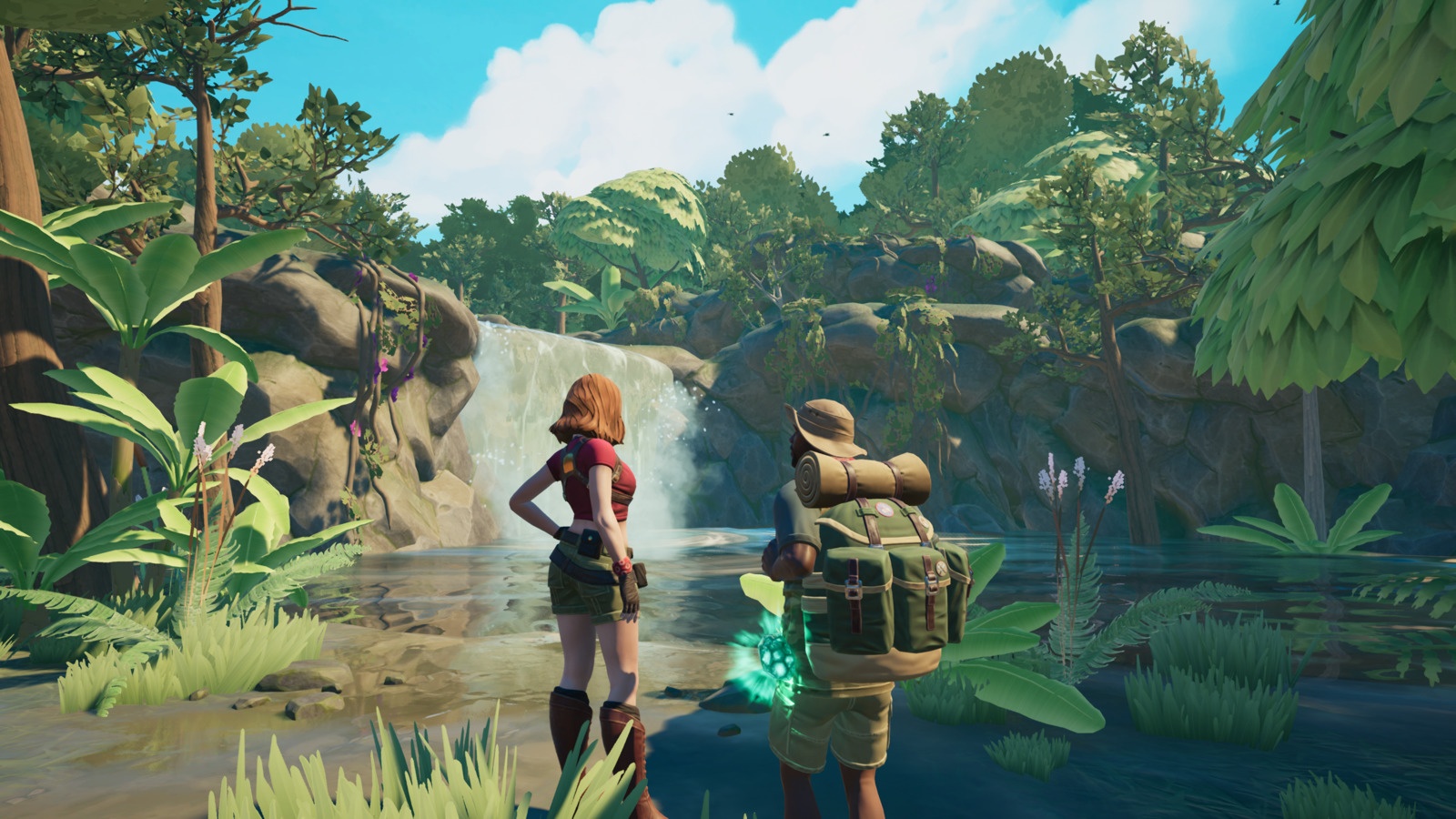
GAME CAPSTONE: 3-D (Spring Semester)
Toprac, P
3D games are the standard of the AAA game industry. While harder to make but more immersive than 2D games, they are, for many game studios, more lucrative. This senior-level course brings together about 30 students from different disciplines who work together in small teams of five to seven students to develop 3-D games and/or mobile apps, while learning the common practices and processes of game studios. **This course carries an Independent Inquiry flag.
Upper-Division
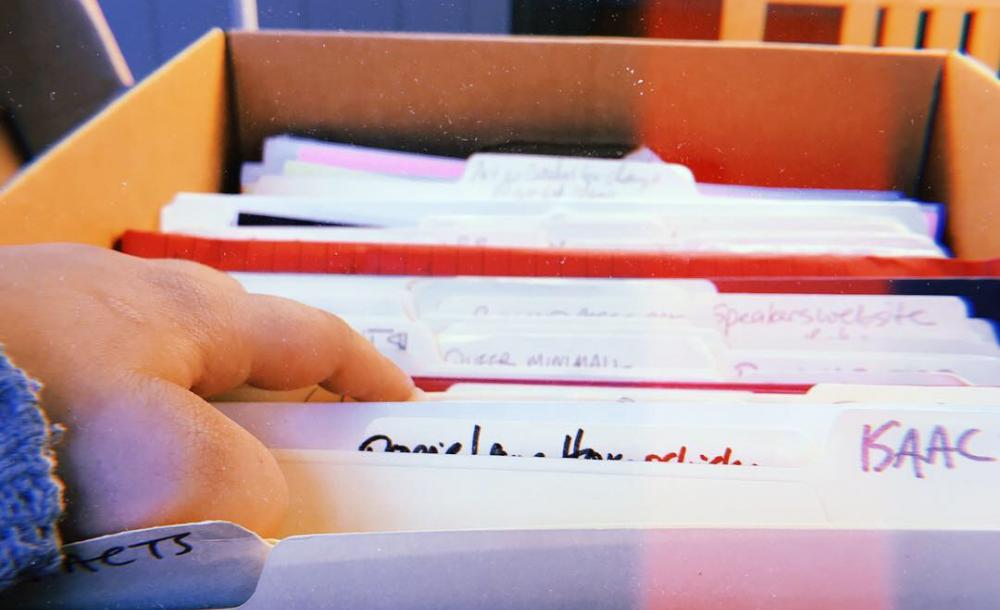
SENIOR THESIS I
N/A
There are two Senior Thesis courses. Students may apply to one or both to complete their degree requirements. Each Senior Thesis course requires a semester-long research project culminating in a major term paper (in addition to demos or prototypes). You must find a supervisor to help oversee your project throughout the semester. **This course carries an Independent Inquiry flag.
Upper-Division

SENIOR THESIS II
N/A
There are two Senior Thesis courses. Students may apply to one or both to complete their degree requirements. Each Senior Thesis course requires a semester-long research project culminating in a major term paper (in addition to demos or prototypes). You must find a supervisor to help oversee your project throughout the semester. **This course carries an Independent Inquiry flag.
Upper-Division
